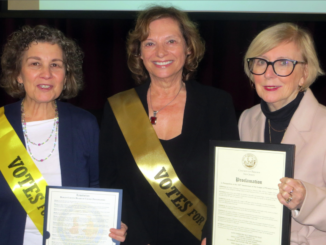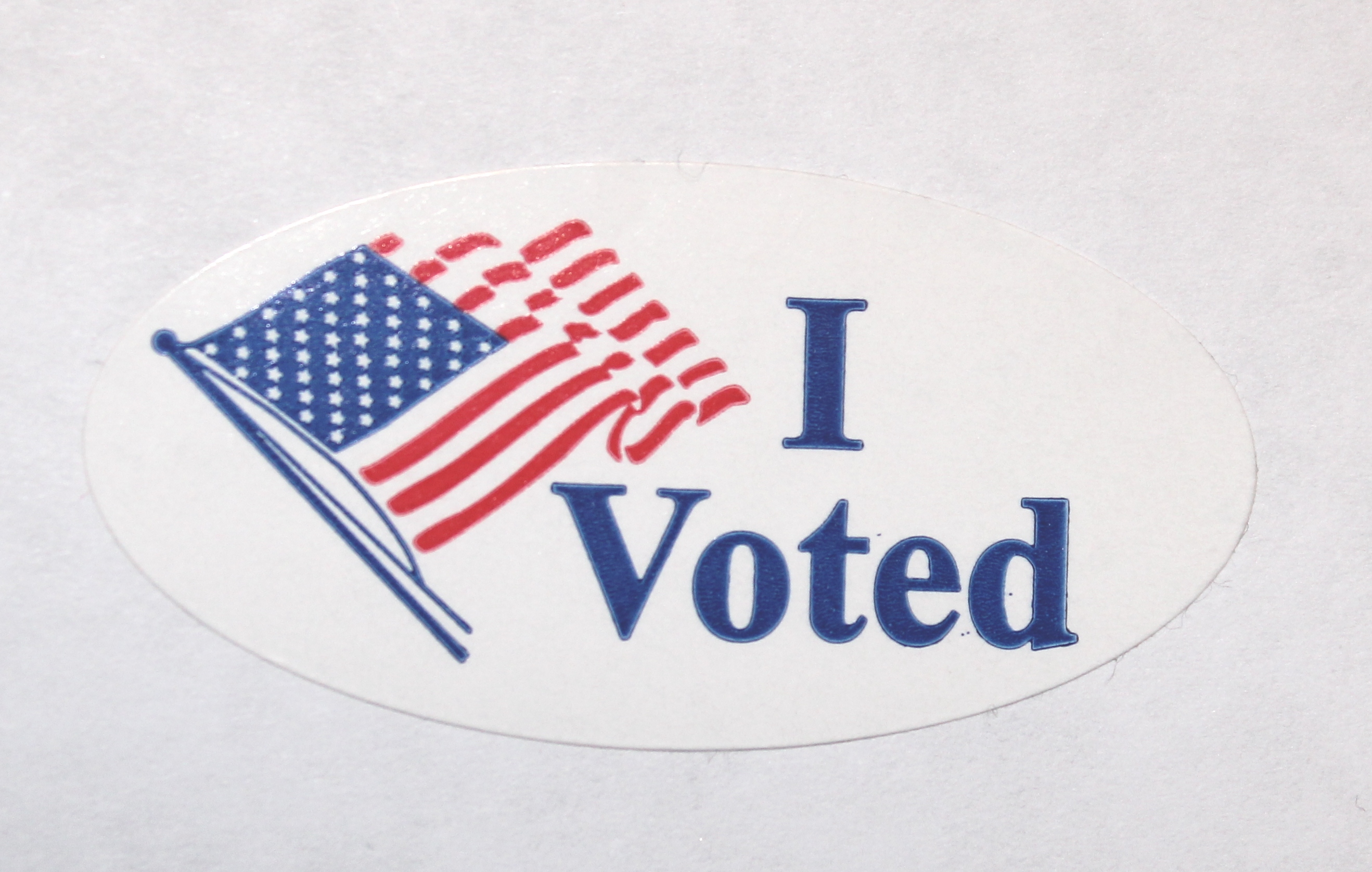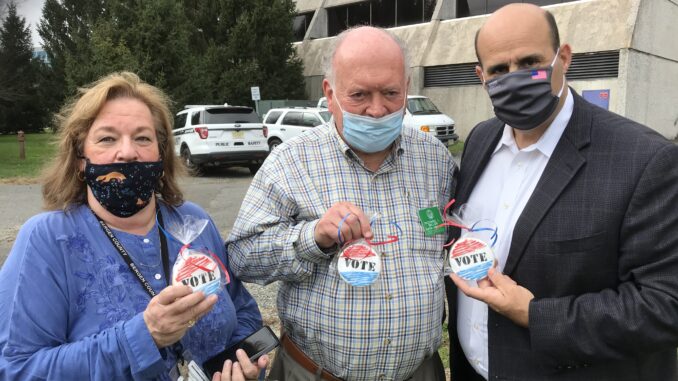
HACKENSACK, N.J.—Pascack Press went behind the scenes Oct. 24 for a supervised tour of Bergen County Board of Elections operations, seeing trained and careful workers do their part to ensure a reliable and accurate count.
By the time we arrived, the county had received nearly 300,000 mail-in ballots expressing the will of about 45 percent of registered voters, and the count was two days from starting.
The ballot handling, verifying, and counting operation is set to field what board chairwoman Jamie Sheehan-Willis told us could be up to 500,000 mail-in ballots from the county’s approximately 671,000 registered voters.
Sheehan-Willis said her office anticipates approximately 75 percent of registered voters will cast ballots by Nov. 3 in New Jersey’s first mostly by-mail presidential election, which Gov. Phil Murphy ordered in mid-August to help prevent the spread of coronavirus.
Under that order, county elections offices can count mail-in ballots starting Oct. 24. Sheehan-Willis told Pascack Press the mail-in count would commence Monday, Oct. 26. The totals, she said, can not be released until after the polls close on Nov. 3.
The timetable also holds that:
- Mail-in ballots without postmarks can be accepted until Nov. 5 at 8 p.m.
- Ballots postmarked Nov. 3 can be counted if elections officials receive them by Nov. 10.
- Provisional paper ballots cast by voters heading to local polling places Nov. 3 will not be counted until Nov. 10, the last day election officials can receive mail-in ballots postmarked Nov. 3.
Voting at the polls is greatly restricted this year, and town clerks have been advising voters to take advantage of one of the county’s 18 official secure drop boxes rather than rely on the U.S. Postal Service to make sure ballots reach counters in time. The nearest county drop box in our service area is behind Hillsdale Borough Hall.
Editor’s note: We are grateful to the Bergen County Board of Elections for the following glimpse of these important operations, which we were interested in reporting as part of our commitment to helping educate our readers—including students—in civic matters. At no time did we interact with any ballots, interfere with any operations, or see or record any voter’s information. All photos by Pascack Press staff writer Michael Olohan.
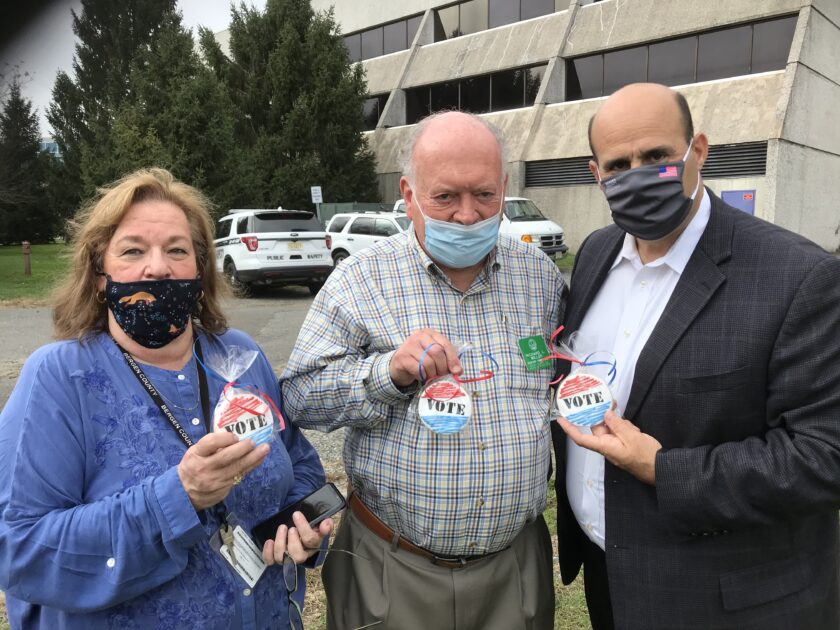
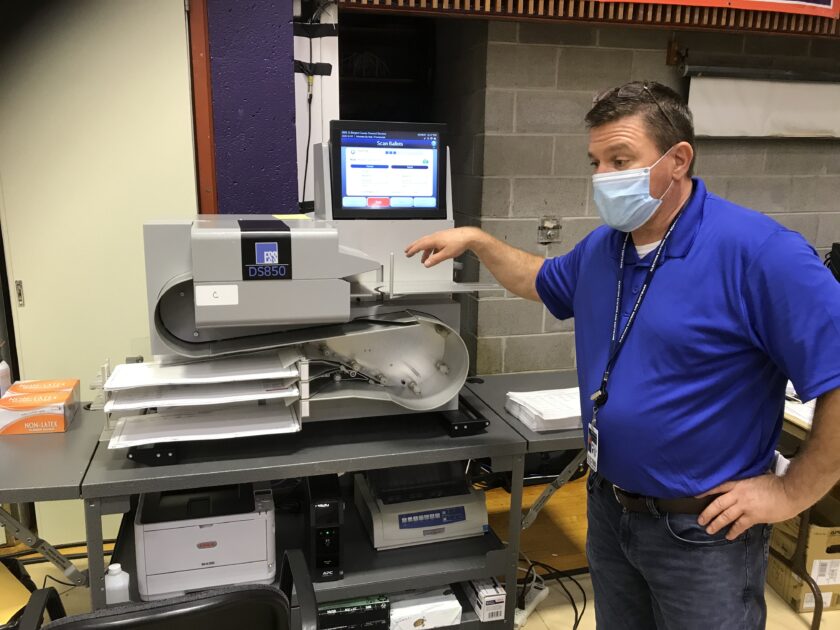
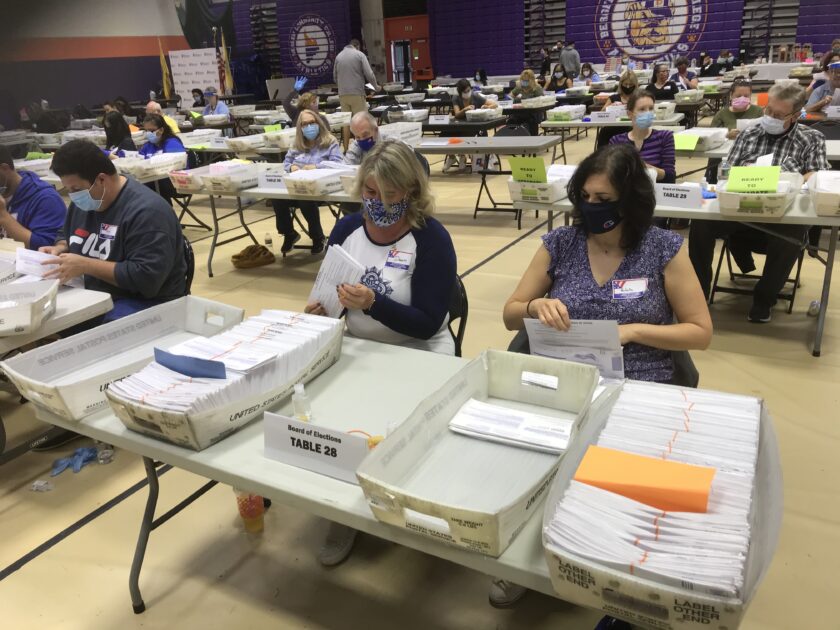
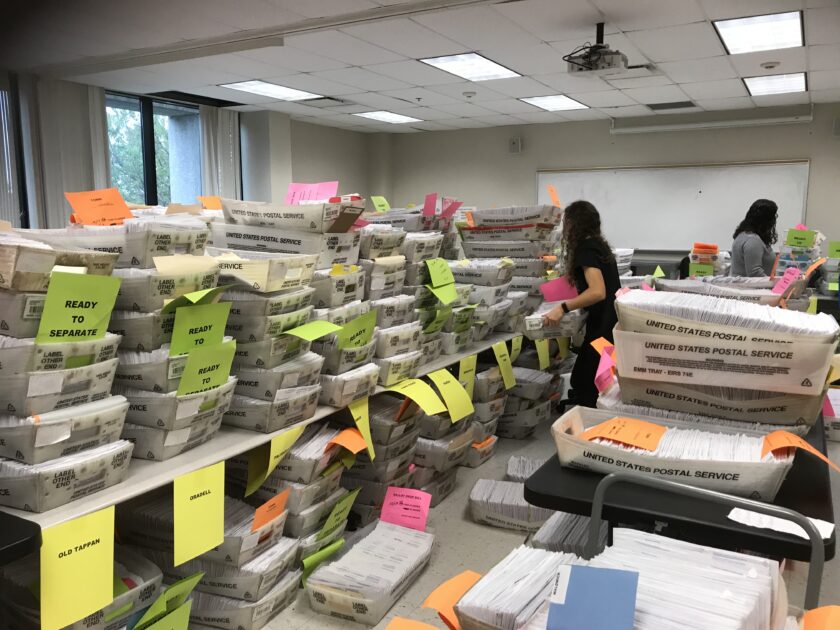
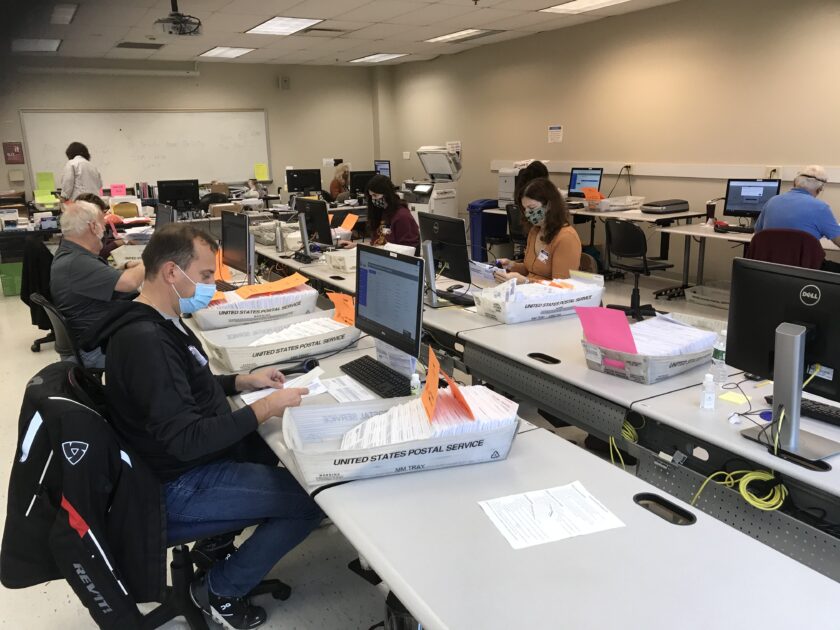
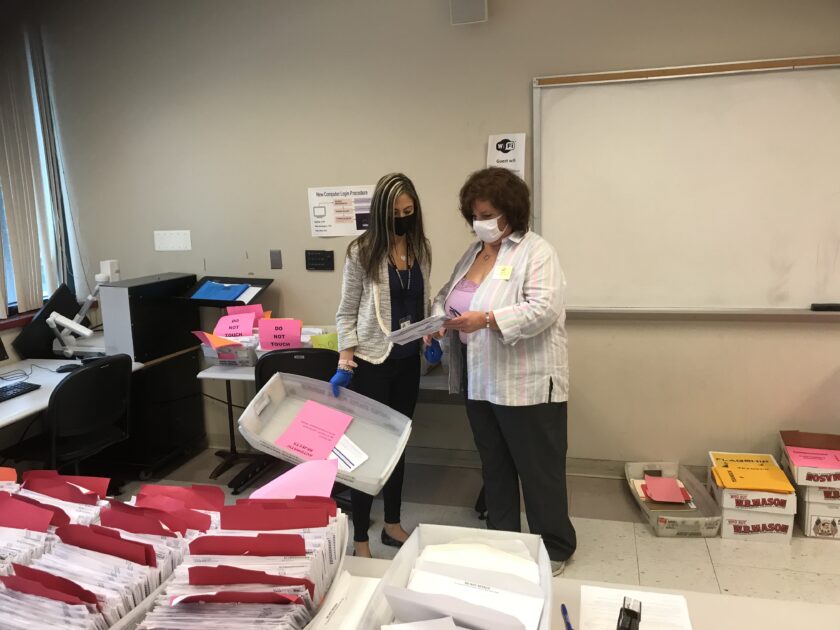
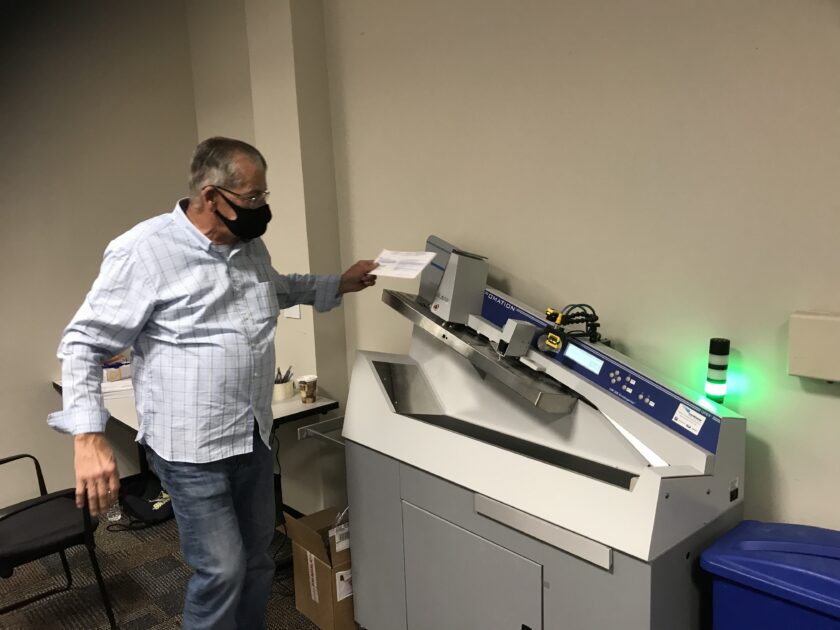
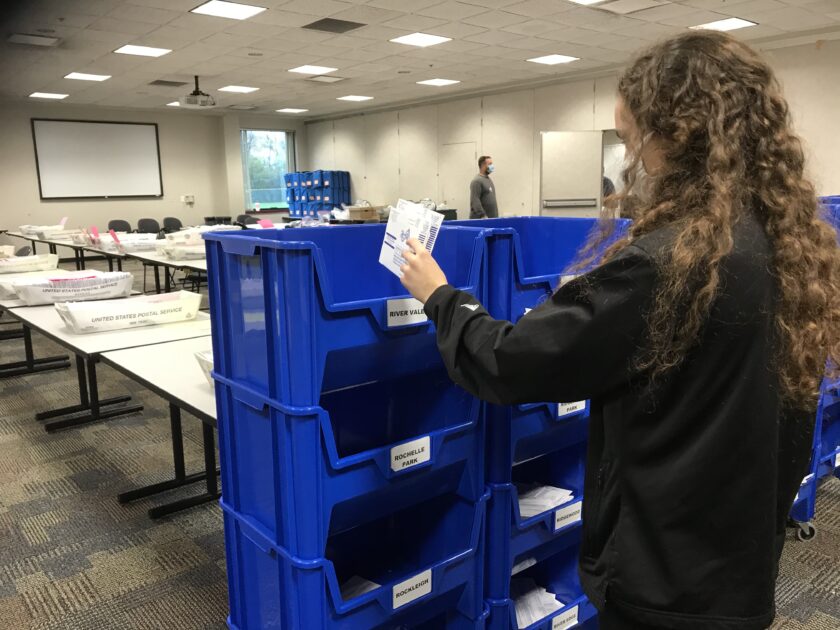
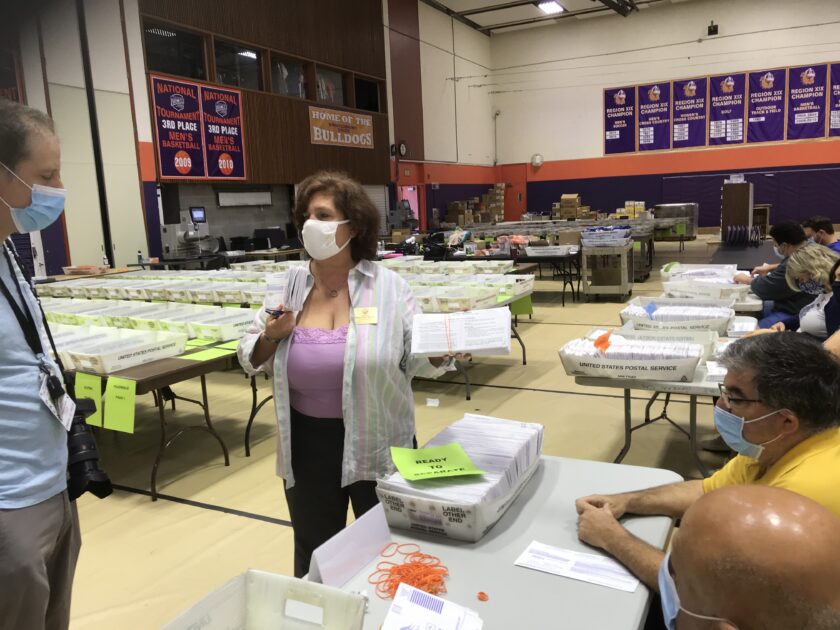
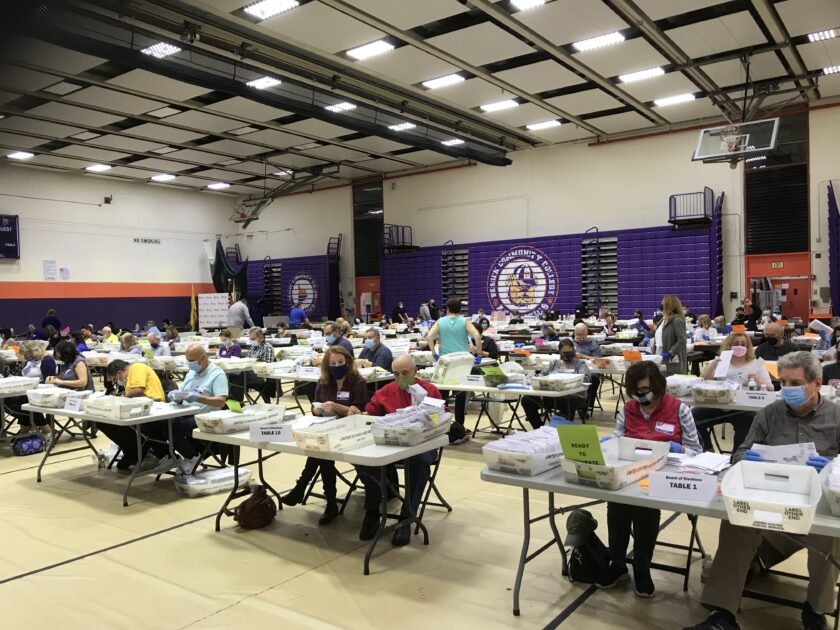
For more information, visit Election 2020 at Pascack Press. There you’ll find Michael Olohan’s curated election guide to the council and school board candidates in your town, the race for the Congressional Fifth District, the state’s three ballot questions, and interviews with Bergen County elections officials and local mayors and town clerks. To join the conversation, check out our letters to the editor and other content in your locally owned, free, and weekly Pascack Press.

